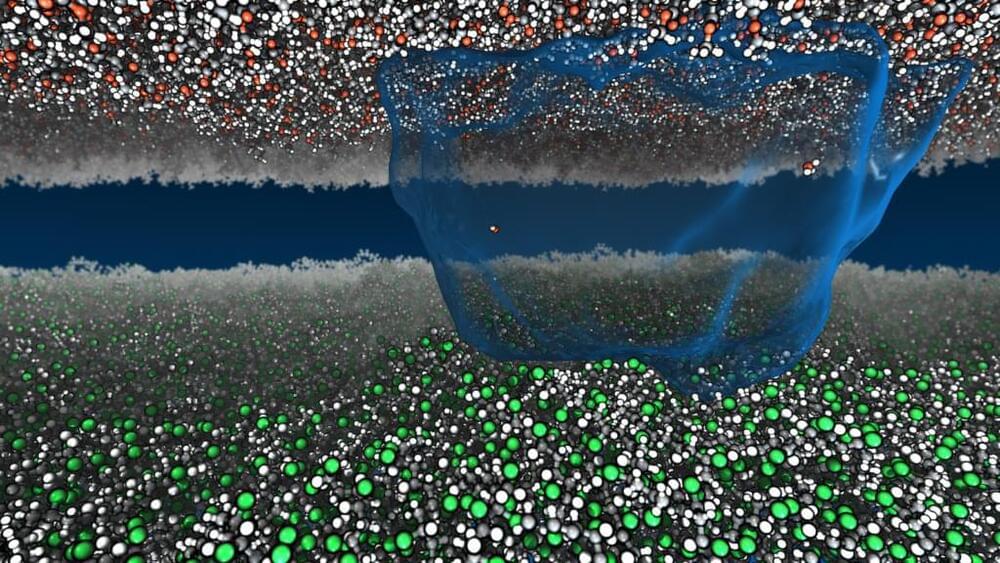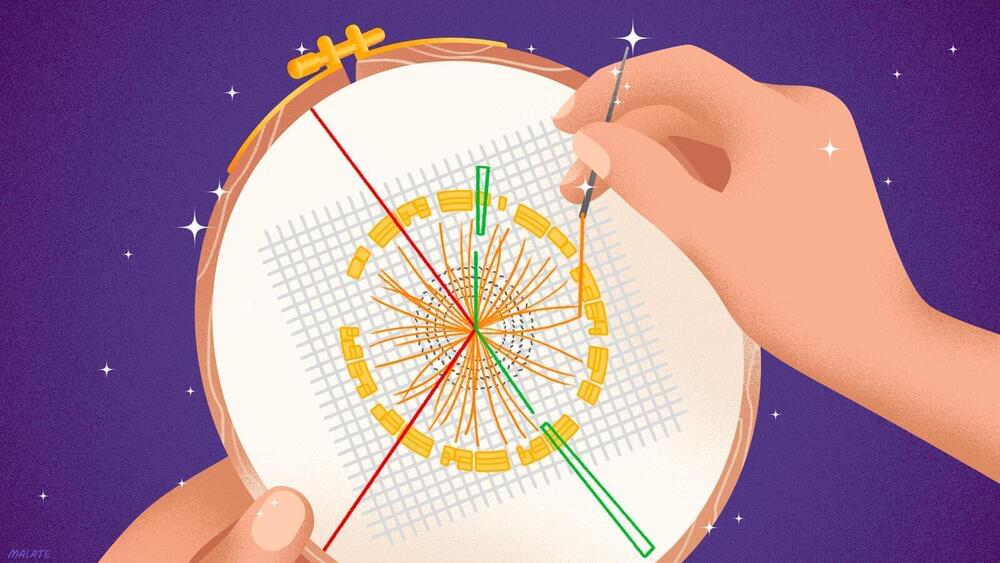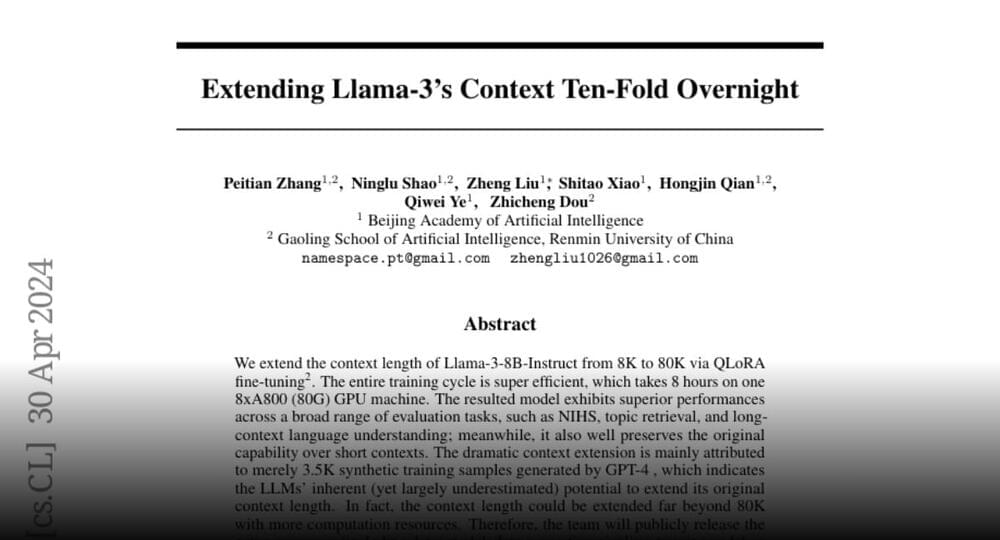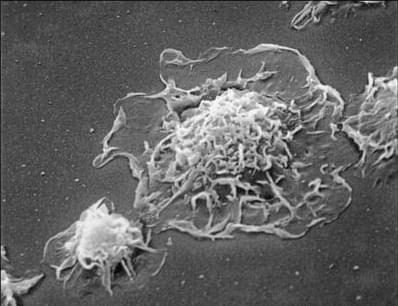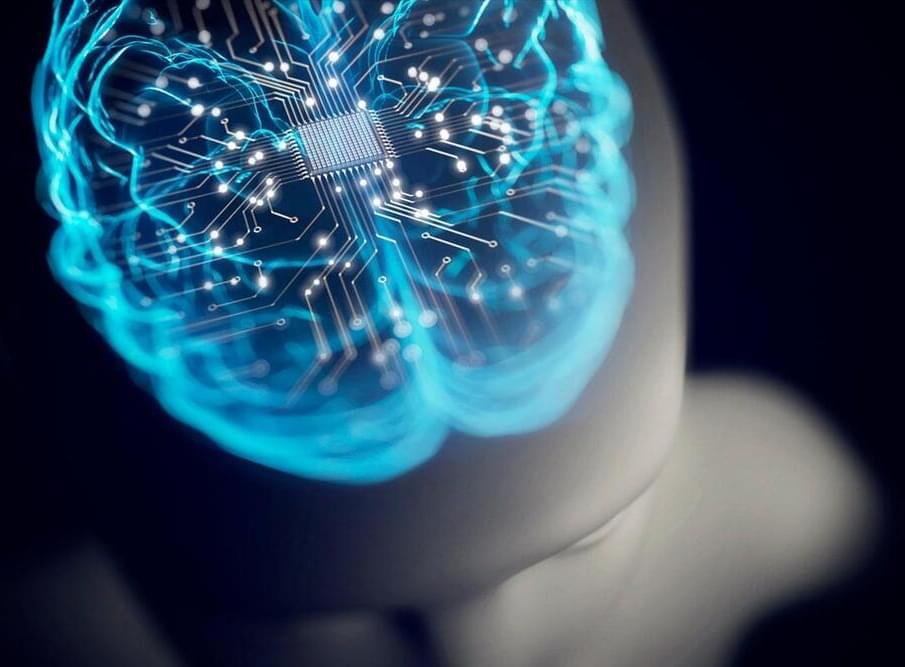For the first time, an AI fighter pilot faced off against a human pilot in a “dogfight” using actual jets in the air — a huge milestone in autonomous flight and military automation.
“The X-62A team demonstrated that cutting-edge machine learning-based autonomy could be safely used to fly dynamic combat maneuvers,” said Frank Kendall, secretary of the Air Force. “The team accomplished this while complying with American norms for safe and ethical use of autonomous technology.”
The challenge: AI-controlled planes could be a boon to the military. Not only could they reduce injuries and accidents to pilots, AIs also have the potential to rapidly analyze a lot of data — allowing for more informed decisions, more quickly.
